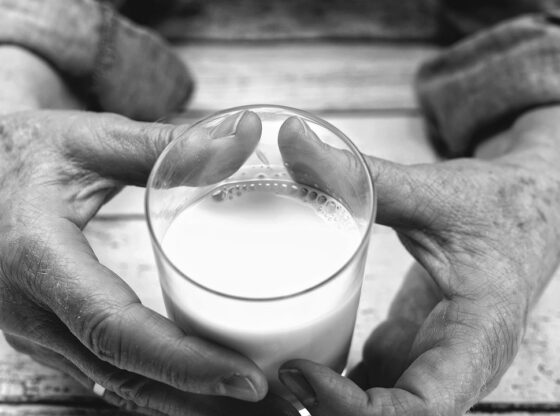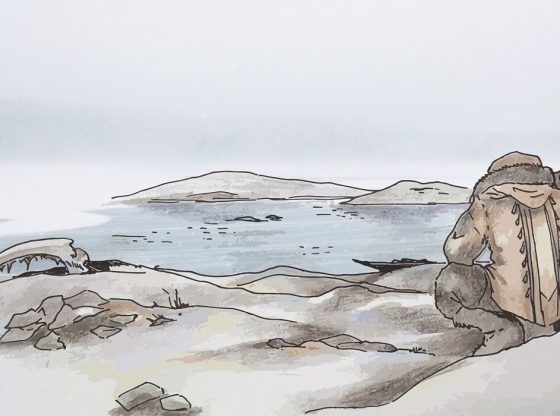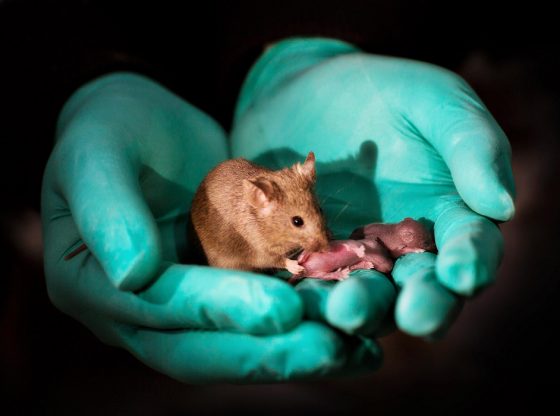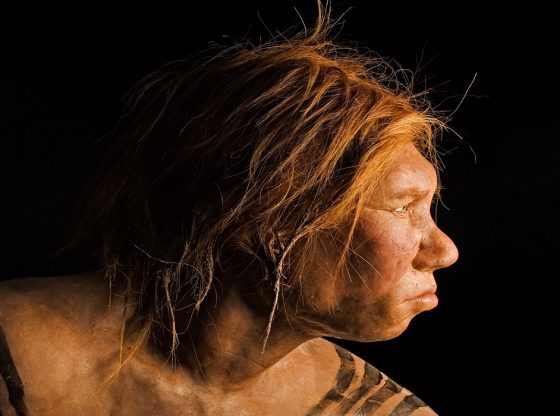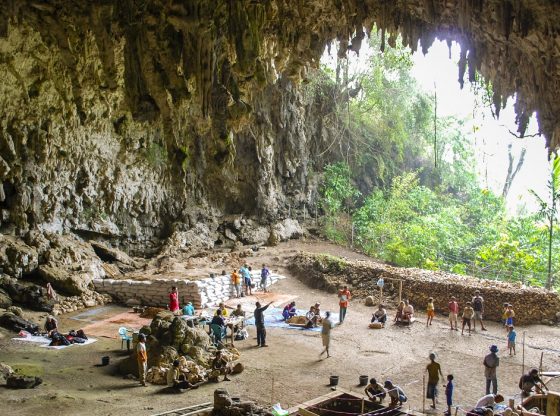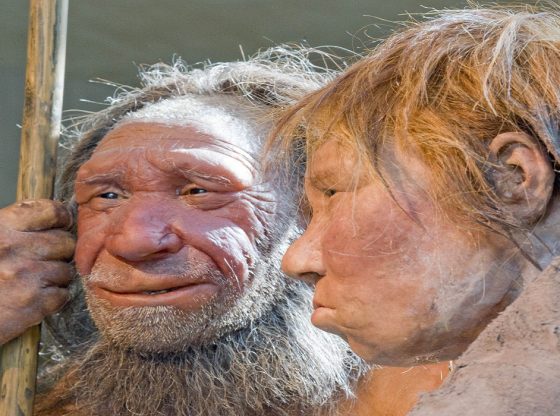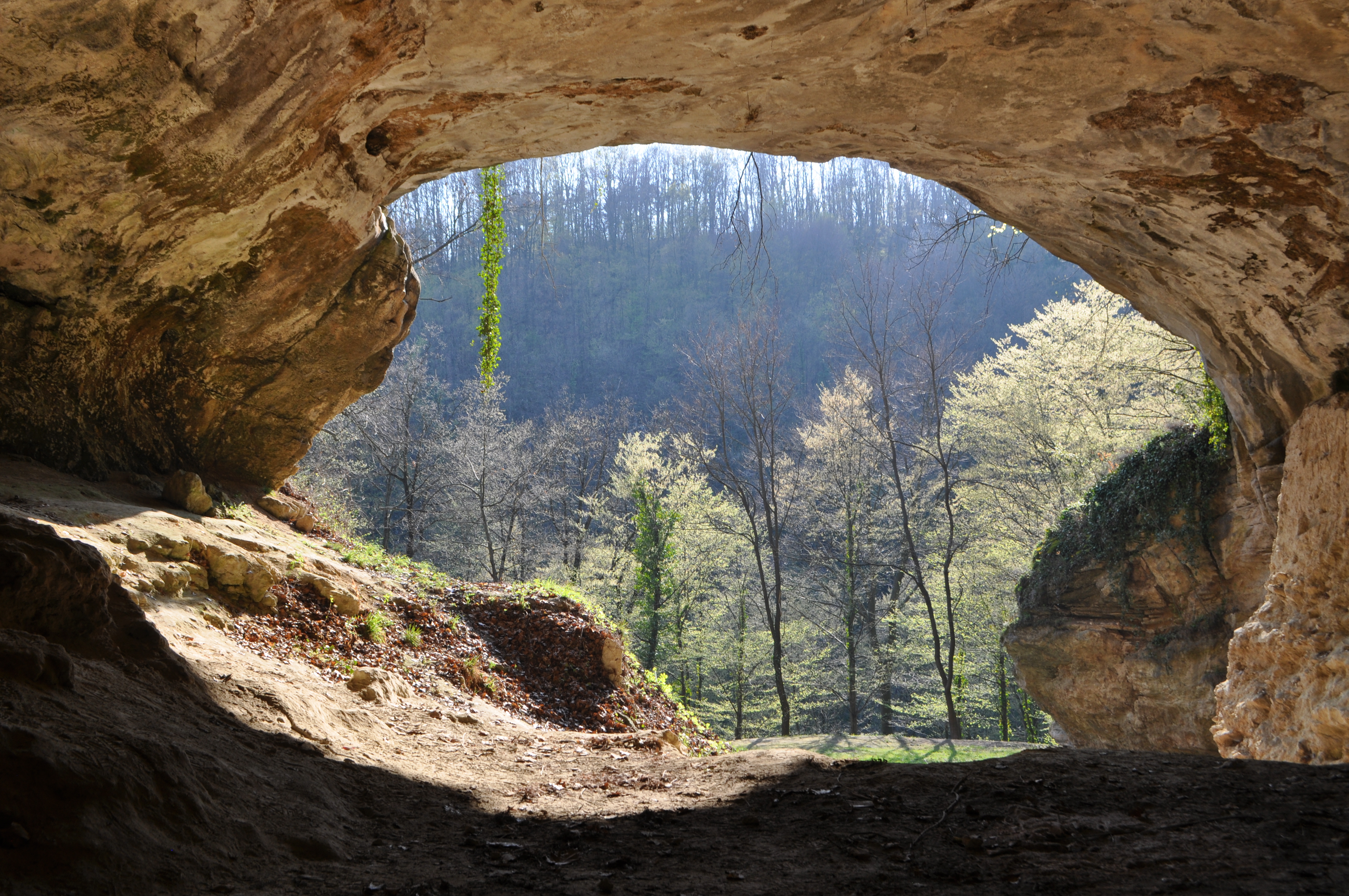
A new study reveals details of the Neanderthals and our shared genetic history. It shows that modern humans inherited genetic material from the Neanderthals, but not vice versa.
The researchers have analyzed the genome from five neanderthal individuals by extracting DNA from bone and teeth. They have since compared the genetic material of the Neanderthals in earlier studies as well as modern people.
It is well established that we humans carry genes from the Neanderthals. As shown in previous studies, and as shown yet again in this study, humans interbreed with Neanderthals on several occasions between 150,000 and 70,000 years ago.
A team led by geneticist Mateja Hajdinjak of the Max Planck Institute for Evolutionary Anthropology in Leipzig, Germany, has succeeded in compiling the genomes of five Neanderthals from the late period, all of whom lived between 39,000 and 47,000 years ago.
The remains, representing both male and female Neanderthals, came from the Goyet Caves of Belgium, Spy Cave in Belgium, Les Cottés Cave in France (seen here), Vindija Cave in Croatia, and Mezmaiskaya Cave in the Russian Caucasus.
“Interbreeding between Neanderthals and early modern humans is likely to have occurred intermittently, presumably resulting in gene flow in both directions,”
– The researchers write.
But the analysis also shows that there is no evidence that genes were transferred from modern humans to Neanderthals. This surprised the researchers.
One of the most surprising findings from the new study is that the genome for one of the two early-modern humans that was analyzed “had large amounts of Neanderthal ancestry, suggesting quite recent Neanderthal admixture happening in Europe,”
But despite a large amount of genetic material analyzed, there are still no signs of an influx of genes from Homo sapiens to Homo Neanderthals. Although, more research is probably needed to reach a definitive conclusion since researchers would expect a symmetrical exchange.
“This may indicate that gene flow affected the ancestry of modern human populations more than it did Neanderthals,”
– They write and urge further research to resolve the issue.
We have so far only been able to analyze the genome from the remains of a few Neanderthals. The researchers, therefore, point out that it can not be excluded that the transmission of genes may have gone in both directions.
It is possible that Neanderthal DNA affected anatomically modern humans more than the other way around. Future research could help to solve that puzzle.
In addition to the transmission of genes, the study also supports previous research, showing that European Neanderthals may have been close to extinction, but then moved and managed to recover shortly before the first contact with homo sapiens.
The time of migration coincides with climate change. Extremely cold periods may have devastated some populations and forced others to relocate to southern Europe and western Asia.
Reference:
Mateja Hajdinjak et al . Reconstructing the genetic history of late Neanderthals doi:10.1038/nature26151


